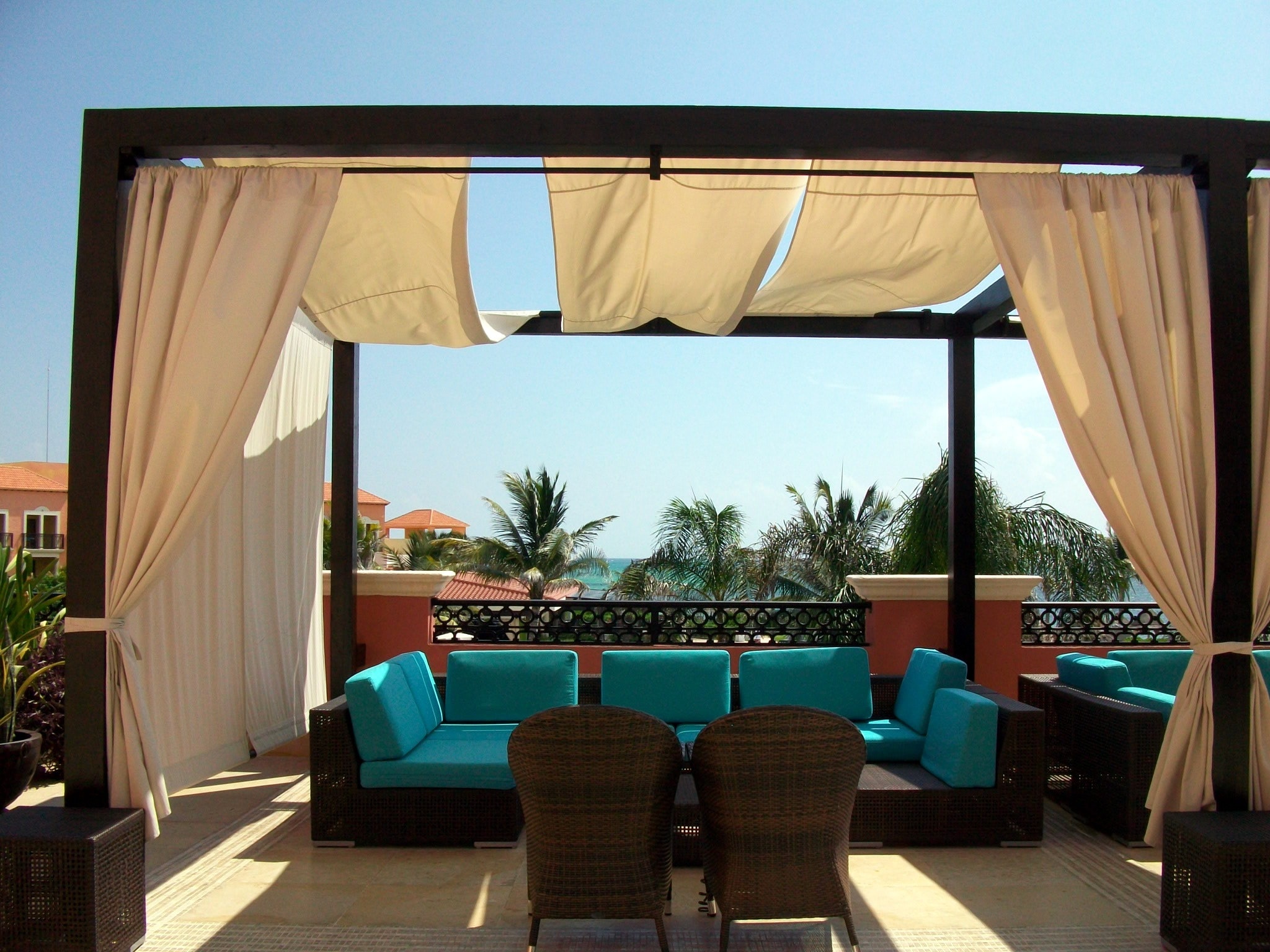VR has been the thing of dreams for technophiles for decades, but has only recently risen in prominence. Headsets have become more readily available, and more affordable. Publishers and companies now produce a wider range of VR content, too, ranging from relatively simple VR videos to complex virtual worlds that offer full interactivity.
Innovation is also rife in the space, and as prices continue to decline and opportunities increase, there will be an even greater uptake in this exciting technology. VR is not only used by individuals, but has become a prominent part of classrooms, schools, and educational centres. It is used to train and educate people of all ages and in all industries.
It is used in retail for experiential sales, and it is possible to enjoy experiences like VR race days, without having to pay the same high costs that you would if you were to attend a course based race day. Real estate is another industry in which a lot of steps have been taken to advance the technology.
Virtual Property Tours
A real estate client, whether they are looking to buy or rent, will usually visit multiple properties before they decide on those that really interest them. It can take a lot of time to arrange visits for multiple tenants, whereas using VR technology enables potentially millions of people to view a property at once, and it gives a much clearer picture of how the property looks, compared to static, flat 2D images. This can prove especially useful for prospective tenants and buyers that do not live locally – they can determine whether they have any interest in the property before they commit to visiting it.
Virtual Staging
If a property is empty, it can be difficult to show prospective buyers or tenants, the potential that the property has to offer. To attract clients, you need to let them see how it would feel to live in the property, which means staging with furniture and other items.
Staging every property in a portfolio can cost a lot of money and take a lot of time and effort. If you show properties virtually, it enables you to virtually stage the property, and you can even let your viewers choose the style and type of furniture so that they really can experience the property exactly how they would if they were living there themselves.
Virtual Planning
Buying a property that has not yet been finished means, to a certain extent, taking a leap of faith. The buyer relies on blueprints and architectural drawings, as well as other examples of similarly finished properties. Using virtual reality, it is possible to give a virtual tour of the property, and it is even possible to let clients apply some of their own designs and help finish the plans. Although this technology is not yet available in all cases, it is becoming increasingly popular.
Similarly, construction companies can use VR to help them visualise finished designs. Architects can use the technology to help them create a mockup of plans, while structural engineers and utilities’ engineers can use VR to test loads and test other structural components of the property. There are many potential uses for VR and AR, and as we further explore the technology, further uses are being uncovered.
VR-Simulators.com is a VR race centre in the heart of Glasgow. Choose from a selection of hundreds of cars and tracks and try your hand at high speed driving, taking on friends and colleagues. Book a party or visit with family and friends today for a great day out.




 POSTED BY
POSTED BY 

